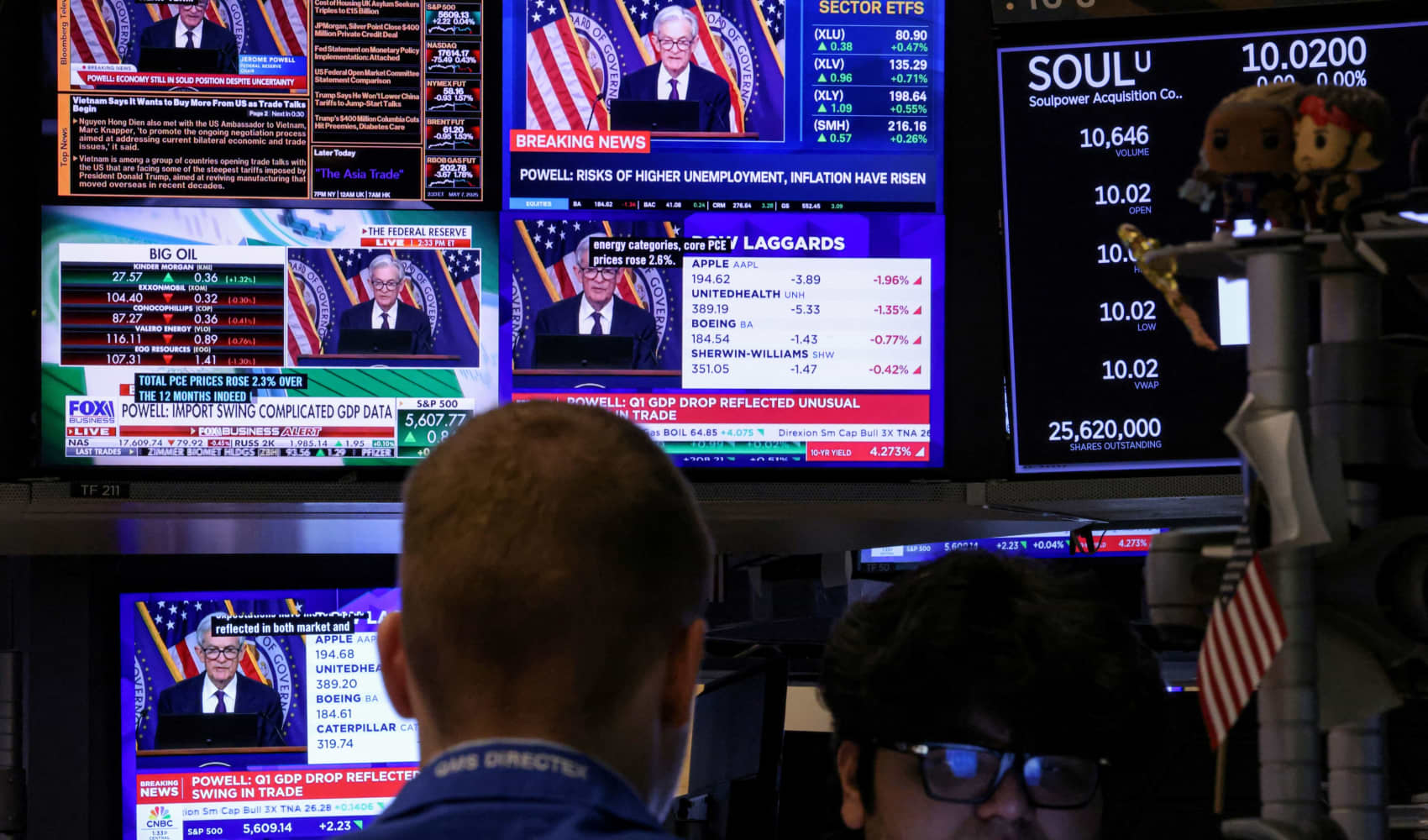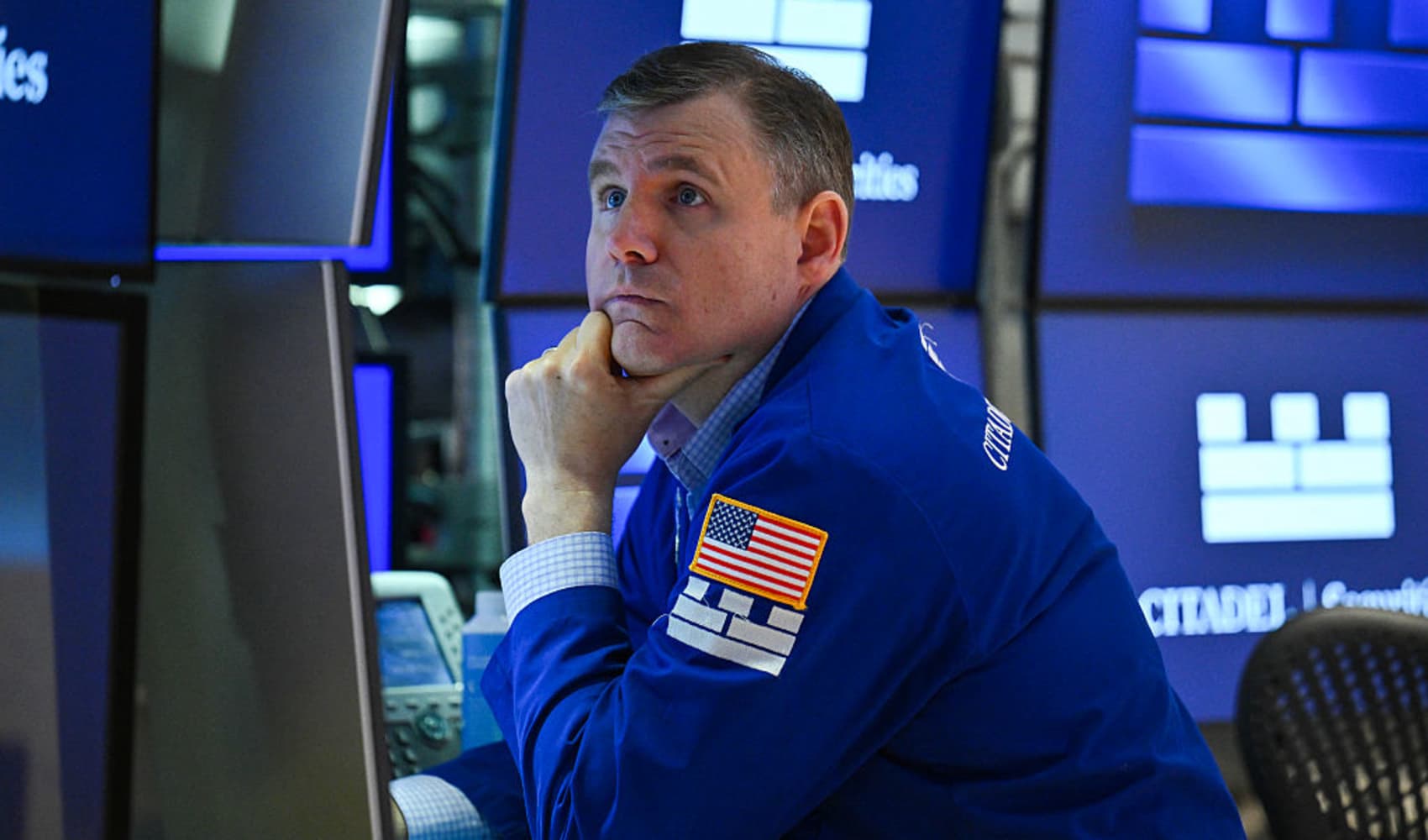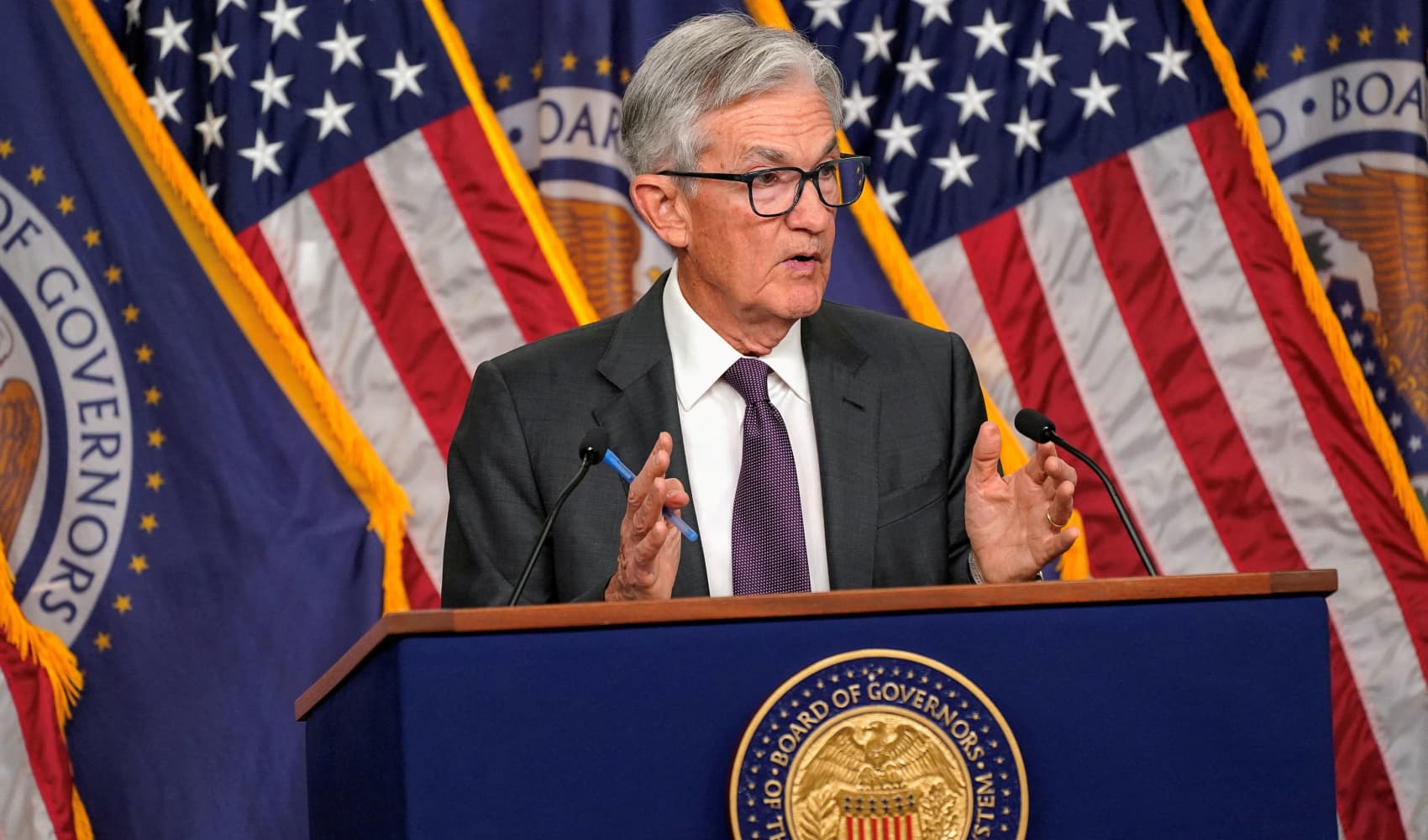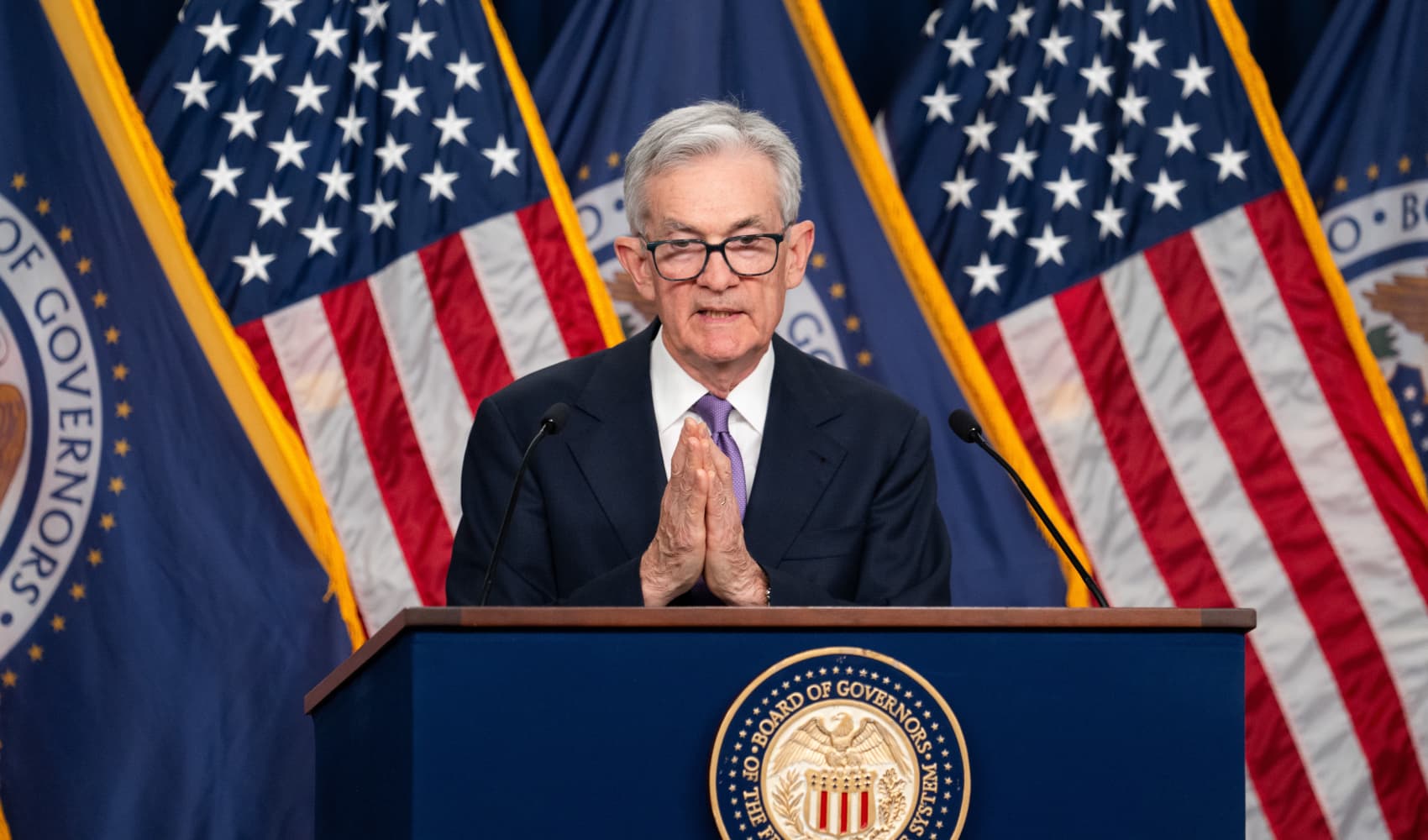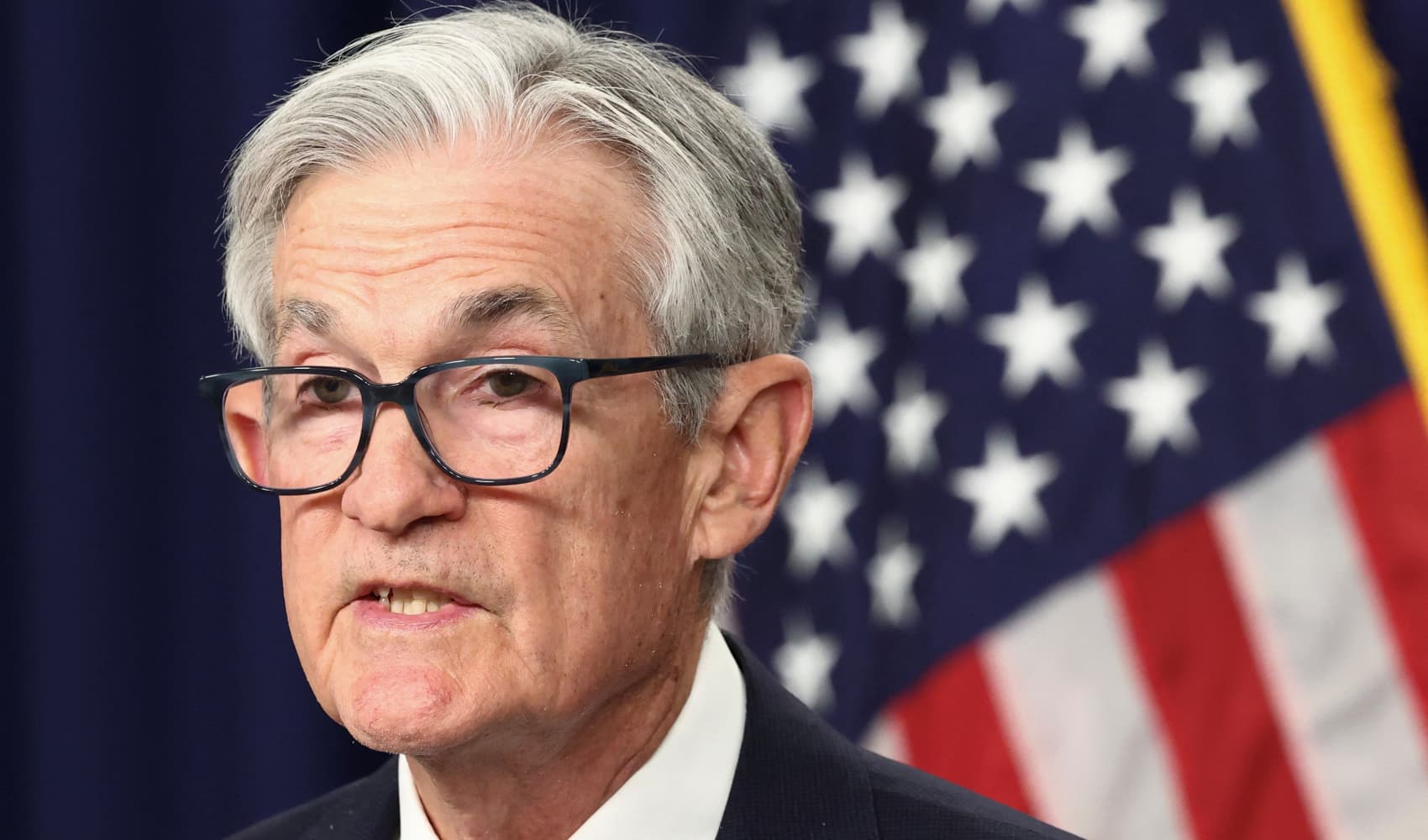S&P 500 Climbs Despite Fed Concerns: 5 Key Takeaways
S&P 500 Jumps Amidst Fed Jitters: What's Next for Your Portfolio?
Navigating the Market Maze: An Introduction
Ever feel like the stock market is a rollercoaster designed by a committee of economists and day traders? Well, you're not alone. Wednesday’s trading session was a perfect example: a whirlwind of volatility culminating in a surprising rally for the S&P 500. The index managed to eke out a gain of 0.43%, closing at 5,631.28, while the Nasdaq Composite rose 0.27% to finish at 17,738.16. The Dow Jones Industrial Average led the charge, adding 284.97 points, or 0.70%, settling at 41,113.97. But what drove this seemingly contradictory behavior? Let’s dive in and break down the key factors that shaped the day’s trading and what it could mean for your investments.
The Fed's Tightrope Walk: Managing Inflation and Growth
The Federal Reserve was, as always, a major player. As expected, the Federal Open Market Committee (FOMC) held its benchmark overnight borrowing rate steady, keeping it in a range between 4.25% and 4.5%. This wasn't a surprise, but the accompanying statement certainly raised eyebrows.
Dual Mandate Dilemma: Risks on Both Sides
The Fed acknowledged that the risks to its dual mandate – price stability (controlling inflation) and full employment – have increased. What does that mean in plain English? Essentially, the Fed is admitting that the chances of both higher unemployment and higher inflation are growing simultaneously. It's like trying to juggle flaming bowling pins while riding a unicycle on a tightrope – a delicate balancing act, to say the least.
Disney's Magic Kingdom Moment: Streaming Surge and Earnings Beat
While the Fed's pronouncements rippled through the market, Disney stole the show. The House of Mouse saw its shares soar by nearly 11% after reporting a fiscal second-quarter earnings beat and, more importantly, a surprise jump in streaming subscribers. Could this be a turning point for Disney's streaming strategy?
The Streaming Wars: Is Disney Gaining Ground?
The streaming landscape is a battleground, with Netflix, Amazon Prime Video, and a host of other contenders vying for subscribers. Disney's unexpected subscriber growth suggests that its content lineup and pricing strategy are resonating with consumers. But will this momentum last? Only time will tell.
Decoding the Data: What the Numbers Tell Us
Beyond the headlines, a closer look at the data reveals a more nuanced picture of the market's performance.
Sector Performance: Winners and Losers
It's crucial to understand which sectors outperformed and which lagged behind. For example, did technology stocks lead the charge, or did defensive sectors like utilities provide a safe haven? Understanding these trends can help you make informed investment decisions.
Trading Volume: Gauging Market Conviction
Trading volume provides insights into the strength of the market's moves. High trading volume often indicates strong conviction behind a particular trend, while low volume can suggest a lack of enthusiasm.
The Impact of Trade Developments: Geopolitical Factors
Wednesday's market action wasn't solely driven by domestic factors. Trade developments and geopolitical tensions also played a role.
Global Uncertainty: Navigating the Trade Winds
Ongoing trade negotiations and geopolitical uncertainties can create headwinds for the market. Investors often react to these developments with caution, leading to increased volatility.
Volatility Reigns Supreme: Why the Choppy Trading?
The phrase "volatile session" isn't just a cliché; it accurately reflects the market's behavior. But why was the trading so choppy?
Investor Sentiment: A Tug-of-War
Investor sentiment is a powerful force that can drive market fluctuations. When opinions are divided, the market can whipsaw back and forth, creating a volatile trading environment.
Algorithmic Trading: Amplifying the Swings
Algorithmic trading, which uses computer programs to execute trades, can amplify market swings. These algorithms often react quickly to news and data, exacerbating volatility.
Portfolio Strategies for a Volatile Market: Staying the Course
So, what should you do in the face of market volatility? Here are a few strategies to consider:
Diversification: Spreading Your Risk
Diversification is a cornerstone of sound investment strategy. By spreading your investments across different asset classes and sectors, you can reduce your overall risk.
Long-Term Perspective: Avoiding Knee-Jerk Reactions
It's crucial to maintain a long-term perspective and avoid making knee-jerk reactions to short-term market fluctuations. Trying to time the market is often a recipe for disaster.
Dollar-Cost Averaging: Investing Consistently
Dollar-cost averaging involves investing a fixed amount of money at regular intervals, regardless of market conditions. This strategy can help you avoid buying high and selling low.
The Road Ahead: What to Watch For
Looking ahead, several key factors will likely influence the market's performance:
Future Fed Decisions: Monitoring the Data
The Fed's future decisions will be heavily influenced by economic data, particularly inflation and employment figures. Keep a close eye on these indicators.
Earnings Season: Assessing Corporate Performance
Earnings season provides a snapshot of corporate performance. Pay attention to earnings reports and management guidance to gauge the health of the economy.
Geopolitical Developments: Staying Informed
Stay informed about geopolitical developments, as these can have a significant impact on the market. Unexpected events can create volatility and uncertainty.
The Bottom Line: Resilience in the Face of Uncertainty
Despite the volatile session, the S&P 500 managed to close higher. This resilience suggests that investors are still optimistic about the long-term outlook for the economy, even in the face of challenges. But always remember: past performance is no guarantee of future results. Stay informed, stay diversified, and stay patient.
Conclusion: Key Takeaways from a Tumultuous Day
In conclusion, Wednesday's trading session was a microcosm of the current market environment: a blend of optimism and anxiety. The S&P 500's rise amidst Fed concerns and global uncertainties highlights the delicate balance investors are trying to strike. Disney's surge provided a spark of excitement, but the underlying volatility underscores the need for a prudent and diversified investment approach. Remember, navigating the market requires a blend of knowledge, discipline, and a healthy dose of perspective.
Frequently Asked Questions (FAQs)
- Q: Why is the stock market so volatile right now?
- A: Several factors contribute to market volatility, including uncertainty about the Fed's monetary policy, geopolitical tensions, and concerns about economic growth. It's a complex interplay of these elements that creates the choppy trading environment.
- Q: What does it mean when the Fed says the risks to its dual mandate have risen?
- A: This means the Fed believes the likelihood of both higher unemployment and higher inflation has increased. It signals a more challenging environment for policymakers to achieve their goals.
- Q: Should I sell my stocks during a volatile market?
- A: It depends on your individual circumstances and investment goals. Generally, it's best to avoid making emotional decisions based on short-term market fluctuations. Consider consulting with a financial advisor to develop a strategy that aligns with your risk tolerance and time horizon.
- Q: How can I protect my portfolio during a market downturn?
- A: Diversification is key. Spreading your investments across different asset classes, sectors, and geographies can help mitigate risk. You might also consider investing in more conservative assets like bonds or cash.
- Q: What is dollar-cost averaging, and how can it help me?
- A: Dollar-cost averaging involves investing a fixed amount of money at regular intervals, regardless of market conditions. This strategy can help you avoid buying high and selling low by averaging out your purchase price over time.
